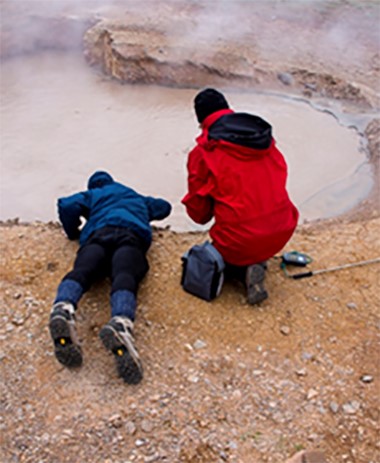Matariki Lecture 2021
After being delayed due to the outbreak of COVID-19, the postponed 2020 Matariki Lecture “Virus-X – exploring the structural and functional diversity of the Virosphere” took place on Thursday 20th May.
In this lecture, the key methods and challenges involved in establishing the pipeline from collecting virus samples to analysing the structures and functions of the encoded enzymes were presented and the potential of Virus-X products was highlighted; with specific examples of applications in Covid19 detection technologies.
Viruses are a highly diverse family of infectious agents that can only replicate inside living cells exploiting the cellular machinery of its host. Different types of viruses can infect all forms of life from animals and plants to microorganisms thus presenting an incredible degree of genetic diversity. Therefore, many of today’s standard tools in biotechnology are derived from viral genes, yet, viruses still represent the largest reservoir of unexplored genetic wealth on the planet.
The Horizon 2020 Virus-X project, which this lecture explained, aims to explore the outer realms of this ‘virosphere’ by searching out extreme microbial ecosystems such as hot Icelandic lakes and high-pressure arctic deep-sea vents to uncover novel gene sequences.
The lecture was livestreamed to an international audience on YouTube and has also been added to our Matariki Youtube channel.

